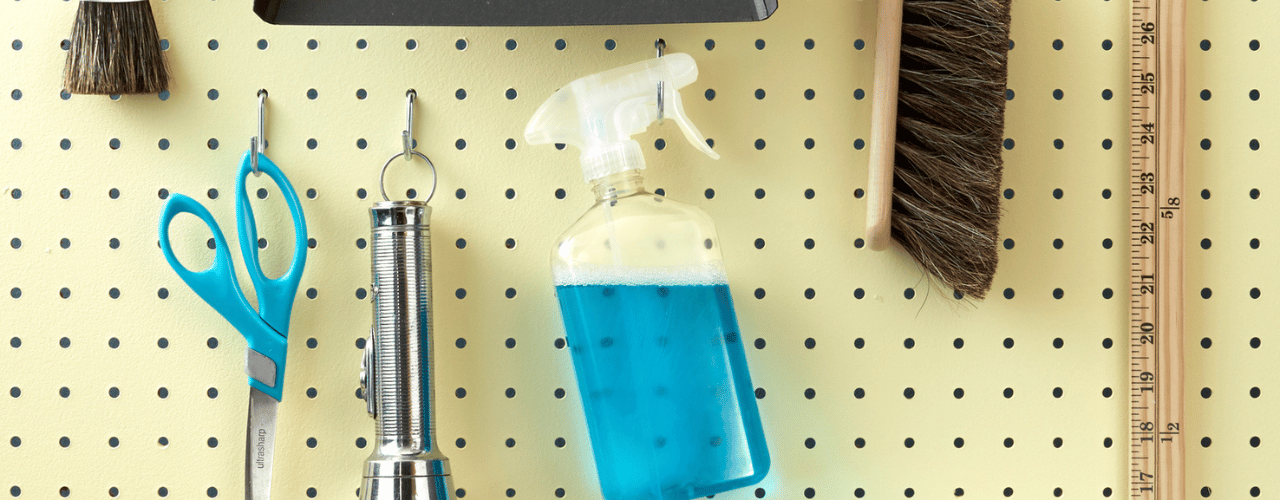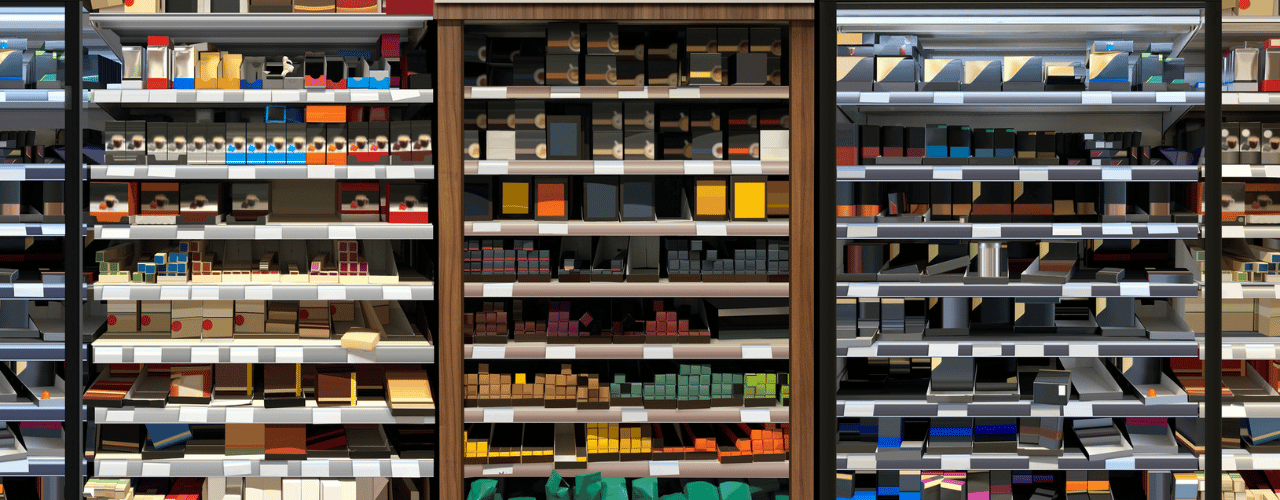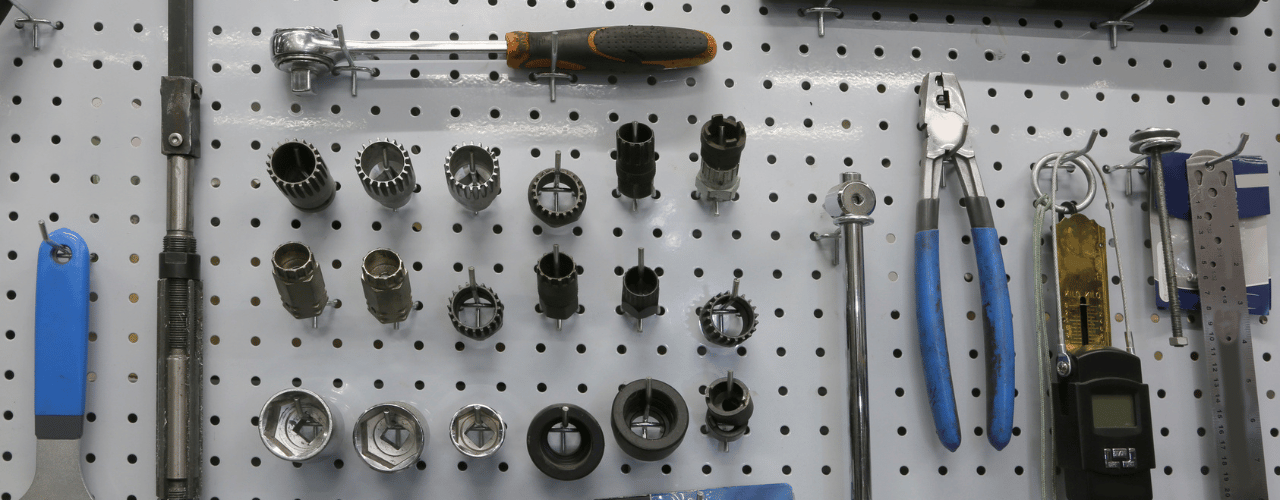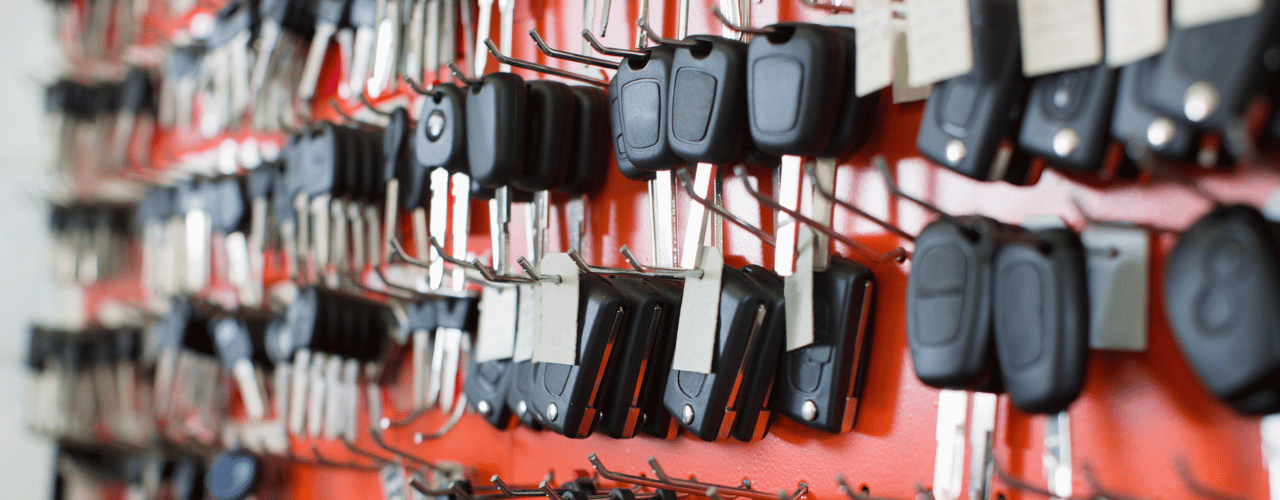Euro hooks are a small change that can make a big difference to how your products look and sell. They keep packaging tidy, present items in neat rows, and make planograms simple to execute. If you run a convenience store, a pharmacy, a DIY aisle, or a showroom with blister packed goods, the right euro hooks turn messy shelves into an organised, eye-level display that encourages customers to pick up more.
Below you will find a practical guide to choosing euro hooks that fit your fixtures, carry the right load, and work day after day. You will also learn how to size hooks to the product, set planograms that move stock, and keep everything compliant with your store standards.
What are Euro Hooks?
Euro hooks are a metal display hook with two prongs at the back and a single forward arm for product. The two prongs sit through pegboard or slatwall to spread the load and keep the hook steady. Most versions also accept a label holder or ticket plate at the front so you can price, barcode, or highlight an offer.
Common features include:
- Twin back prongs for secure fixing
- Forward arm in straight or upturned tip versions
- Ticket plate or scanner arm for labels
- Bright zinc-plated or chrome finish
- Wire diameters from light duty to heavy duty
- Lengths from short stubs to deep arms for bulk stock
Get Compatibility Right First Time
Before you pick any euro hook, confirm that it fits the board or panel you already have. A quick check saves time and returns. Use this checklist.
Panel type
- Pegboard
- Typical hole spacings include 25 mm and 32 mm centres.
- Hole diameters often range around 5 mm to 6 mm.
- Choose euro hook prongs that match the hole size so the fit is snug.
- Slatwall
- Hooks use a backplate that locks into the slat.
- Measure the slot height and lip thickness. Most commercial panels follow common dimensions, but older panels can vary.
Wire diameter
- Light presentation: around 4 mm wire suits small carded items.
- General retail: around 4.8 mm to 5 mm works for most packaged goods.
- Heavy duty: 6 mm or more for tools and metal parts.
Backplate style
- Twin prong for pegboard. Spreads the load and reduces wobble.
- Single prong for very light items or where space is tight.
- Slatwall backplate for panels with horizontal grooves. Look for welded plates for strength.
Ticketing
- Flipper label holders clip to the front and swing when customers browse.
- Scanner arms hold long labels for barcodes and promotional messages.
- Data strips keep pricing consistent along a bay.
Choose the Right Length
Hook length affects product capacity, facing count, and how easy it is for shoppers to grab items. You will find common lengths such as 50 mm, 100 mm, 150 mm, 200 mm, 250 mm, and 300 mm. Use a simple method to size correctly.
- Measure pack thickness at the hanging point.
- Decide on the number of items per hook you want to present.
- Add clearance for the upturned tip and a little finger room.
Capacity guide
- Capacity ≈ (usable hook length) ÷ (pack thickness)
- Usable length is the hook length minus around 30–40 mm for the tip and label holder.
Example
If your blister pack is 25 mm thick and you use a 200 mm hook, usable length might be 160 mm.
Capacity ≈ 160 ÷ 25 = 6 items per hook.
Good practice
- Avoid loading to the very end. Leave room for easy pick-up.
- Use shorter hooks on eye-level shelves for tidy lines.
- Reserve longer hooks for bulk stock lower down.
- Keep neighbouring hooks the same length to stop tags clashing.
Materials and Finishes That Last
Most euro hooks use mild steel wire with a protective finish. Your choice affects appearance and durability.
- Zinc-plated finish
- Bright silver look that suits most stores
- Resists corrosion in normal indoor conditions
- Easy to wipe clean
- Chrome finish
- Mirror-like shine for premium bays
- Good scratch resistance
- Costs a little more
- Powder-coated colour
- Useful for brand blocks or to match corporate colours
- Helps segment categories
- Check that the coating does not increase the wire diameter too much for your pegboard holes
If you run a garden centre or a store with damp air near entrances, inspect hooks regularly. A zinc-plated finish is usually more than adequate for indoor retail, but any sign of corrosion means it is time for replacements.
Backplates and Fixing Options
The back of the hook does more work than many people realise. The right design stabilises the display of euro hooks and protects the panel.
- Standard twin prong for pegboard. The most common choice and suitable for the majority of items.
- Reinforced twin prong with a welded crossbar for added stiffness. Helpful for hooks 250 mm and longer.
- Wide backplate for slatwall that spreads the load. Look for a positive lock that clicks into the groove.
- Magnetic backplates for metal surfaces such as gondola end caps. Handy for pop-up displays.
Do a quick test. Load a sample hook and try to move it from side to side. If the tip drifts when customers take items, look for a reinforced design or shorten the length.
Planogram Basics for Euro Hooks
Use these simple rules to turn a bank of euro hooks into a sales-ready planogram.
- Place best sellers close to eye level to increase pick-up.
- Keep each brand or family in a vertical block so shoppers can compare strengths, flavours, or sizes quickly.
- Use short hooks for top shelves so labels line up.
- Use longer hooks lower down for holding more stock on promotion.
- Start with three to five facings for a hero item, then adjust when you review sales.
- Keep hooks aligned. Uneven heights make pricing hard to read.
Simple review cycle
- Photograph the bay when full.
- Revisit after one trading week.
- Note which hooks are empty first.
- Increase facings for those lines or move them up a shelf.
- Keep a record to guide your next range review.
Maintenance That Keeps Displays Selling
Hooks work hard every day. A five-minute weekly routine keeps standards up.
- Wipe euro hooks and ticket holders with a damp cloth.
- Replace cloudy or cracked label windows.
- Push items forward so every hook shows stock at the front.
- Check for bent tips after heavy deliveries.
- Verify that promotional pricing matches the till.
- Record any low stock on the planogram sheet.
At Foxbarn Limited, we manufacture and stock a wide range of euro hooks, backplates, ticketing solutions, and accessories in the UK. Our automated production and large local inventory mean you can get the exact sizes you need on dependable lead times. If you want help checking compatibility or building a euro hook list for a full aisle, our team can specify the right wire gauge, lengths, and ticket holders to suit your planogram and your budget.
Upgrade Your Fixtures with Foxbarn
Need the right Euro hooks for your store? Foxbarn supplies a complete range of display hooks, fixtures, and accessories for pegboard, slatwall, and grid systems, all engineered for reliability and retail performance.
Contact our team today to find the perfect fit for your retail display.



